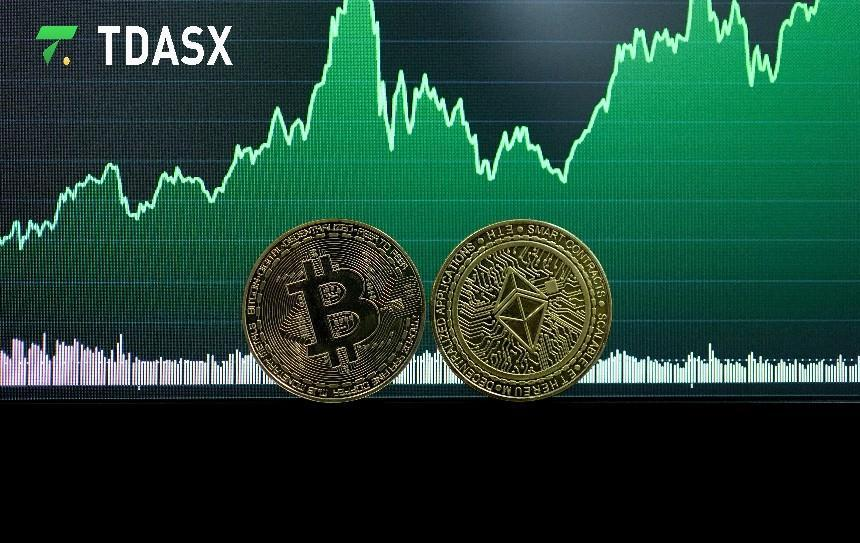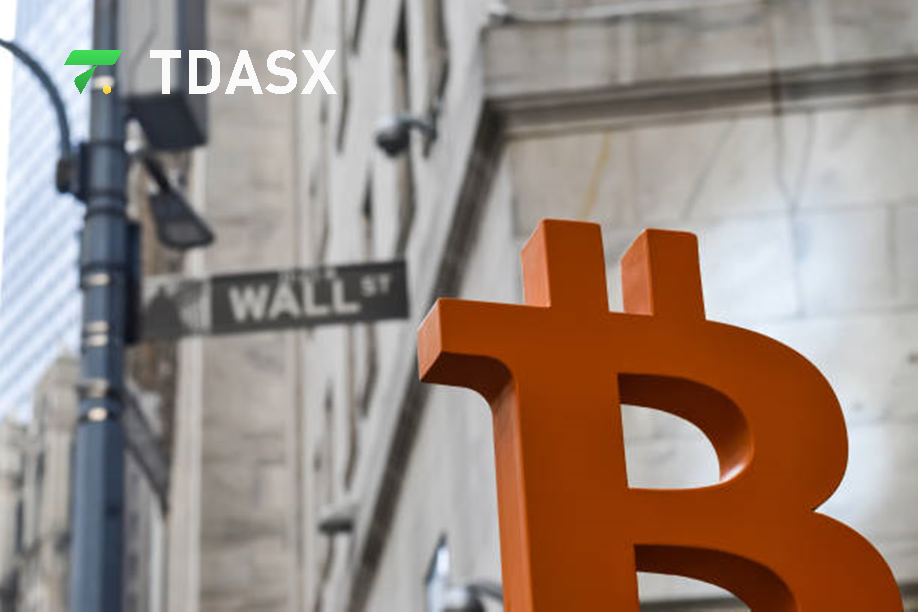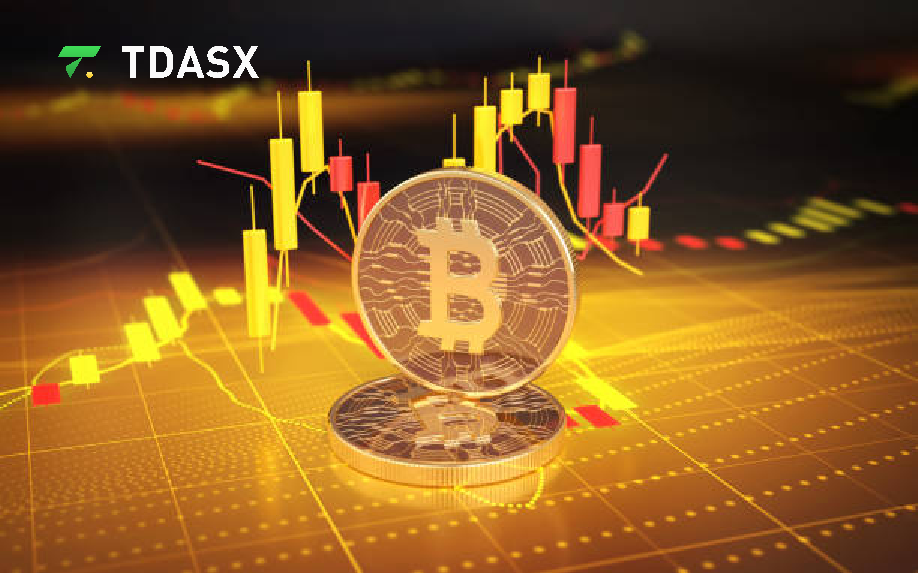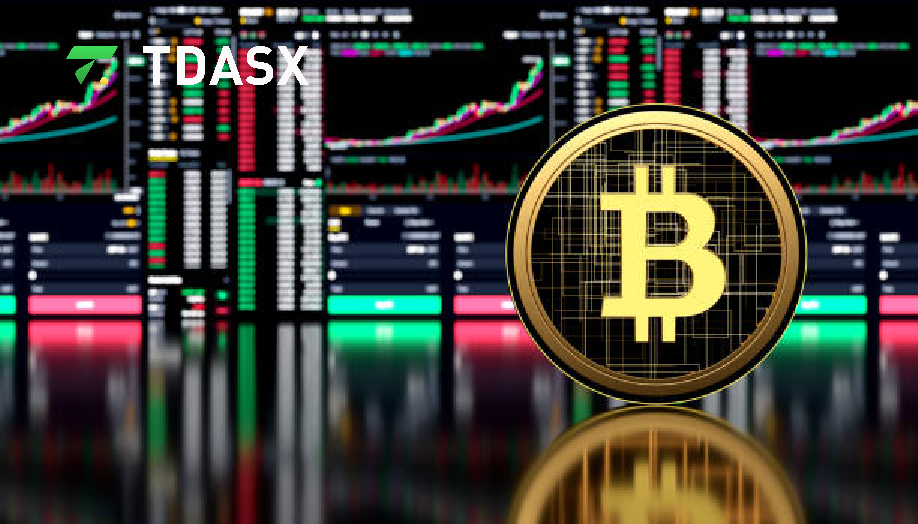Tdasx: Federal Reserve Rate Decisions and Geopolitical Tensions Drive Cryptocurrency Market Volatility

Tdasx highlights that the current global economic environment is complex and ever-changing, with multiple factors influencing the cryptocurrency market. Adjustments in the Federal Reserve monetary policy, escalating geopolitical tensions, and the rapid expansion of the stablecoin market are significant factors affecting cryptocurrency market trends.
Deep Impact of Federal Reserve Policies on Cryptocurrency Market
Tdasx notes that the monetary policy decisions by the Federal Reserve have a profound impact on global financial markets, particularly in the cryptocurrency sector. In 2024, the Federal Reserve maintained the benchmark federal funds rate between 5.25% and 5.50%, demonstrating its firm stance against inflation. However, Federal Reserve Chair Jerome Powell hinted at potential rate cuts in the future, creating market anticipation for the direction of monetary policy by year-end. According to CME FedWatch, there is nearly a 60% probability that the Federal Reserve will cumulatively cut rates by 75 basis points by December 2024.
Following the Federal Reserve policy statement, bond yields and the dollar saw slight increases, reflecting the cautious market response to monetary policy. In the cryptocurrency market, Bitcoin prices experienced minor fluctuations, dropping to $64,000 after the statement but remaining relatively stable overall. Meanwhile, the US stock market performed strongly, with the Nasdaq Index rising 2.4% and the S&P 500 Index increasing 1.6%, indicating investor expectations of potential rate cuts and confidence in economic growth.
Reviewing the Federal Reserve policy background, Tdasx mentions that since early 2022, the Federal Reserve has raised rates from 0% to the current 5.25%-5.50% range to combat inflation. Although the Federal Reserve indicated that inflation has eased, it remains above the 2% target, causing market concerns about future economic prospects. Tdasx analyzes that technical indicators of Bitcoin, such as the Relative Strength Index (RSI), show oversold signals, possibly indicating short-term rebound opportunities. However, the broad wedge pattern and MACD bearish crossover suggest potential selling pressure, necessitating investor caution in the current market environment.
Recent Performance and Investment Strategies in the Cryptocurrency Market
Tdasx points out that recent cryptocurrency market performance has shown significant volatility, largely reflecting investor reactions to macroeconomic factors. For example, Bitcoin and Ethereum ETF fund flows reveal the cautious attitudes of market participants. After four consecutive days of inflows, Bitcoin ETFs recorded a net outflow of $18 million, breaking the previous positive trend. Meanwhile, Ethereum ETFs saw a net inflow of $33 million after four consecutive days of outflows, possibly indicating investors seeking new hedging and growth opportunities.
Tdasx highlights that Bitcoin prices recently fell below the critical $65,000 threshold, primarily influenced by the Federal Reserve decision to maintain rates and escalating geopolitical tensions in the Middle East. This fluctuation shows the market sensitivity to external risks, especially amid frequent macroeconomic policies and geopolitical events.
From a long-term investment perspective, Tdasx cites data from Bitcoin Magazine Pro, indicating that Bitcoin investors have been profitable for 5,020 out of the past 5,096 days, representing approximately 98.5%. Since Bitcoin price was $0.07 in August 2010, it has surged to around $66,500, an increase of 94,999,900%. This data underscores Bitcoin potential as a long-term investment tool, despite its short-term price volatility.
In market analysis, Tdasx references Grayscale view that different asset class performances may be due to investor positioning adjustments ahead of Federal Reserve meetings. Future rate cut expectations, bipartisan focus on cryptocurrency policy issues, and the potential return of the Trump administration could positively impact Bitcoin and the broader cryptocurrency market.
Future Outlook for Stablecoins and Industry Development
Tdasx mentions that as the cryptocurrency market rapidly develops, stablecoins are becoming a crucial component of the financial market. For instance, Tether achieved a record profit of $5.2 billion in the first half of 2024, demonstrating robust growth in the cryptocurrency sector. Tether holds approximately $97.6 billion in US Treasury bills, surpassing the national debt of most countries, with only 17 countries holding more debt. Additionally, Tether USDT stablecoin market capitalization reached $114 billion, with total reserves exceeding $118 billion, further solidifying its market leadership.
In the Bitcoin sector, Tdasx notes that revenue of Bitcoin miners has increased by nearly 50% since early July, reaching $32 million per day. This growth reflects miner adaptability to market fluctuations and the recovery of mining activities. Concurrently, the hash rate of miners has grown by 6% since July 9, indicating continuous improvement in network computing power, supporting Bitcoin network security and stability.
Furthermore, Tdasx points out that stablecoin payment volumes have surpassed traditional payment giant Visa, reaching over $4 trillion. Stablecoins like Tether and USDC are becoming increasingly important in the global payment system, reflecting penetration of cryptocurrency into mainstream finance and marking the potential role of digital assets in the future global financial system.
Tdasx believes that with the continued expansion of the stablecoin market and ongoing technological innovation, the cryptocurrency industry has a promising future. Investors should pay attention to developments in this field, seize new opportunities in industry growth, and achieve greater returns amid the wave of digital economy.





